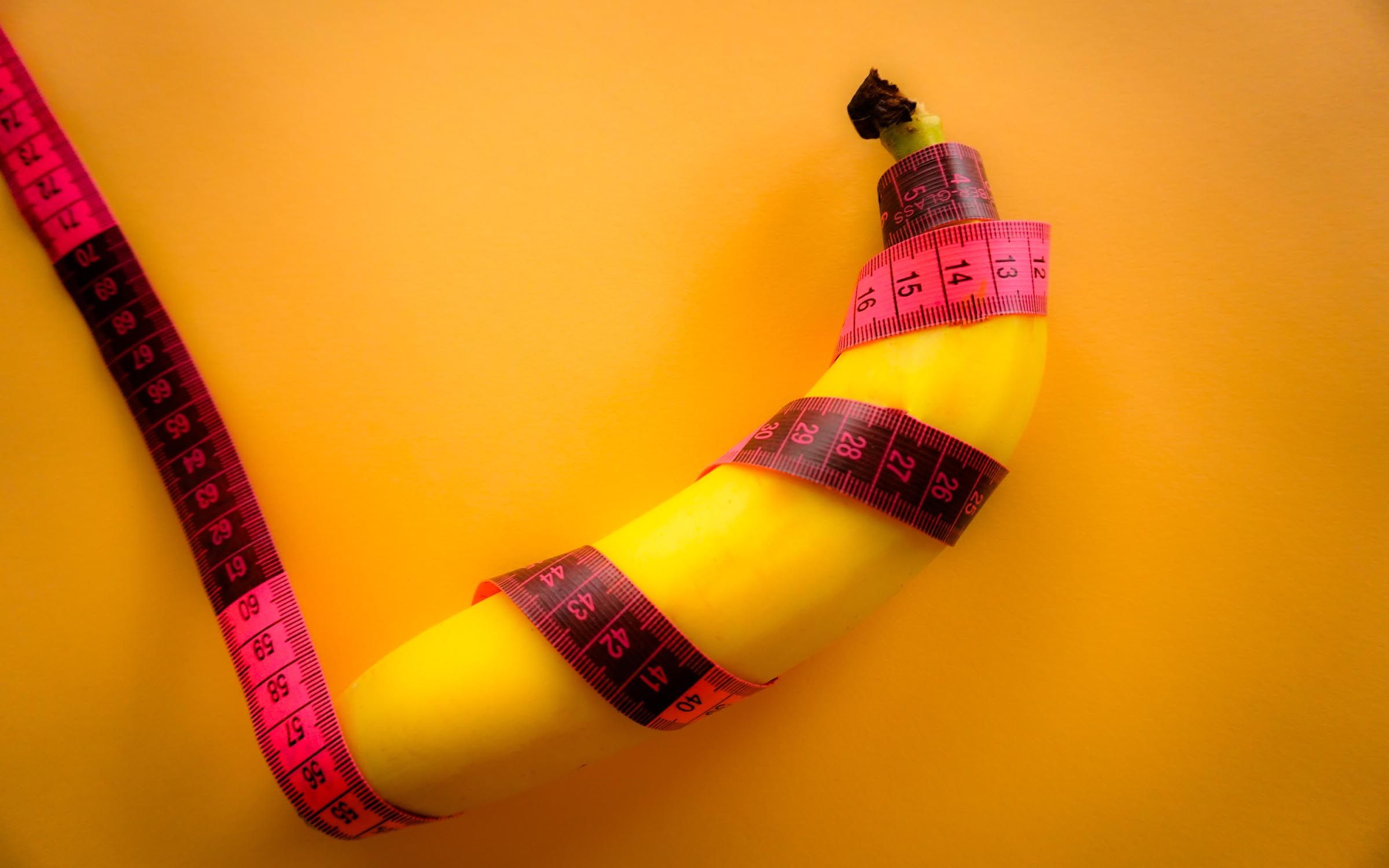Disclaimer: Genital Size website and services, content, and products are for informational and entertainment purposes only. We do not provide medical advice, diagnosis, or treatment. Read our full disclaimer information.
Copyright ©
Genital Size. All rights reserved.











